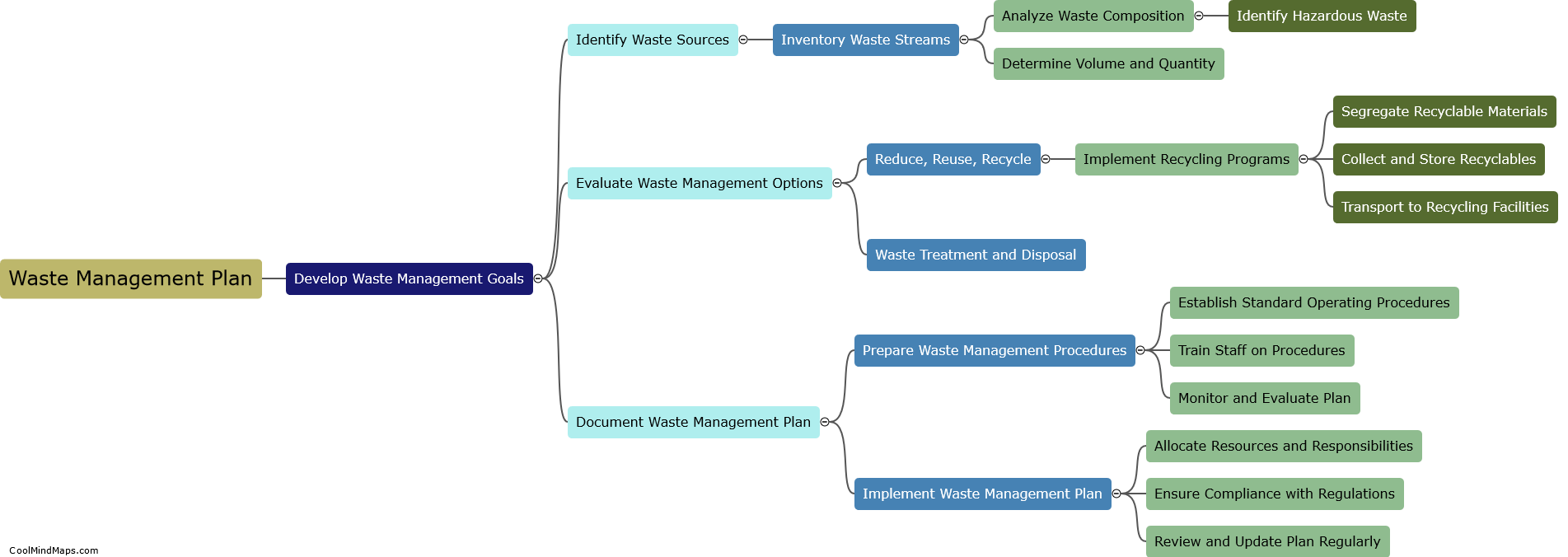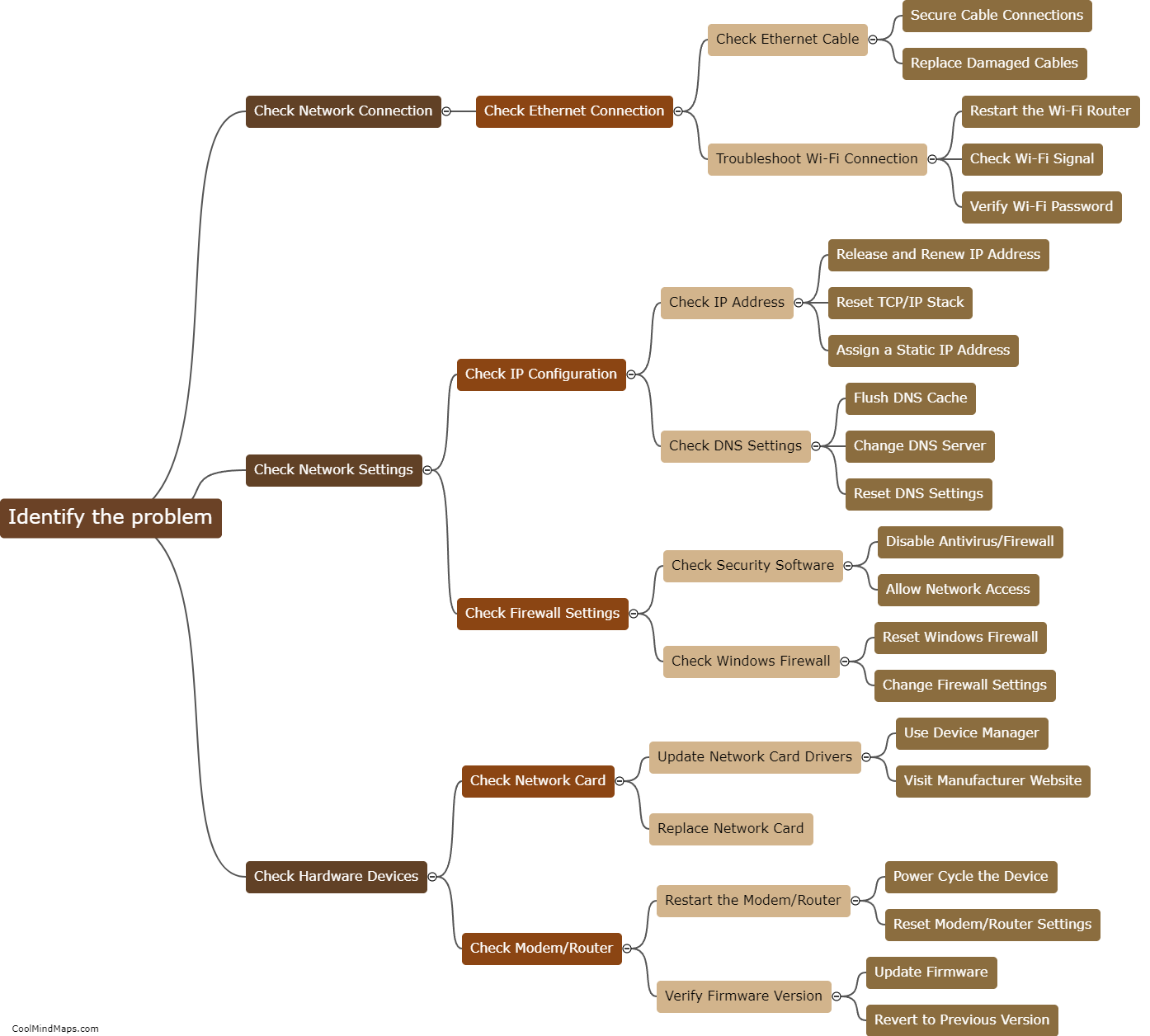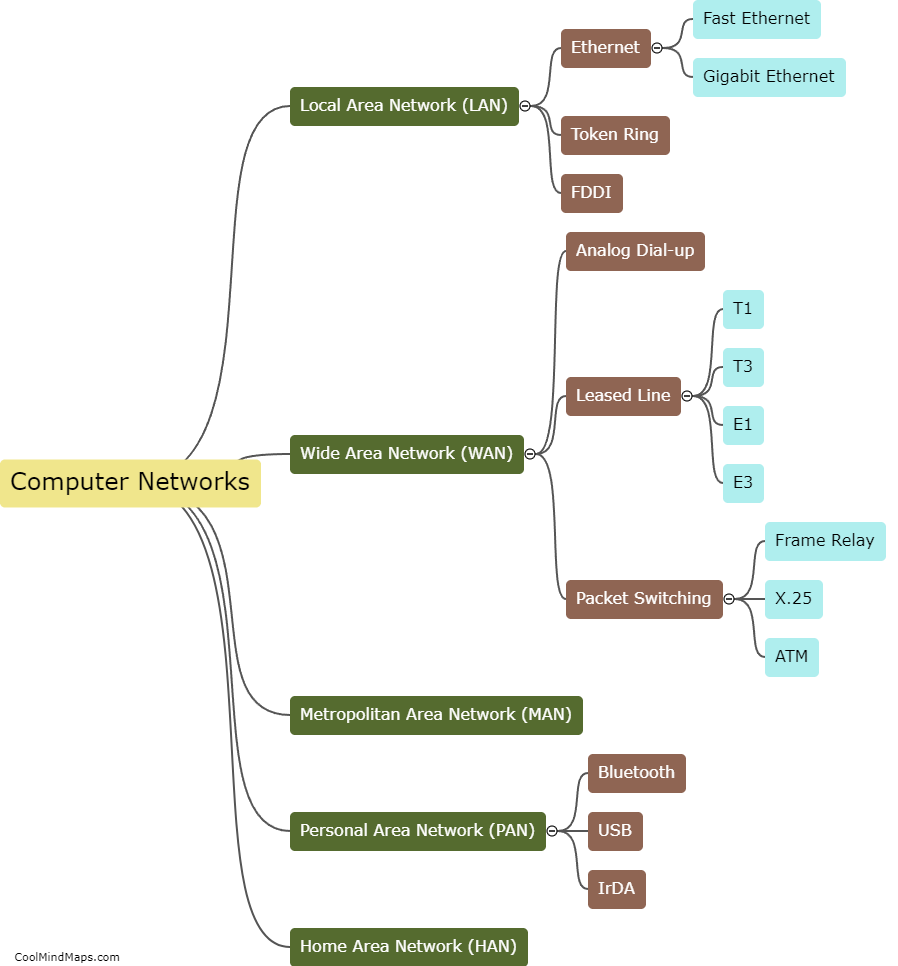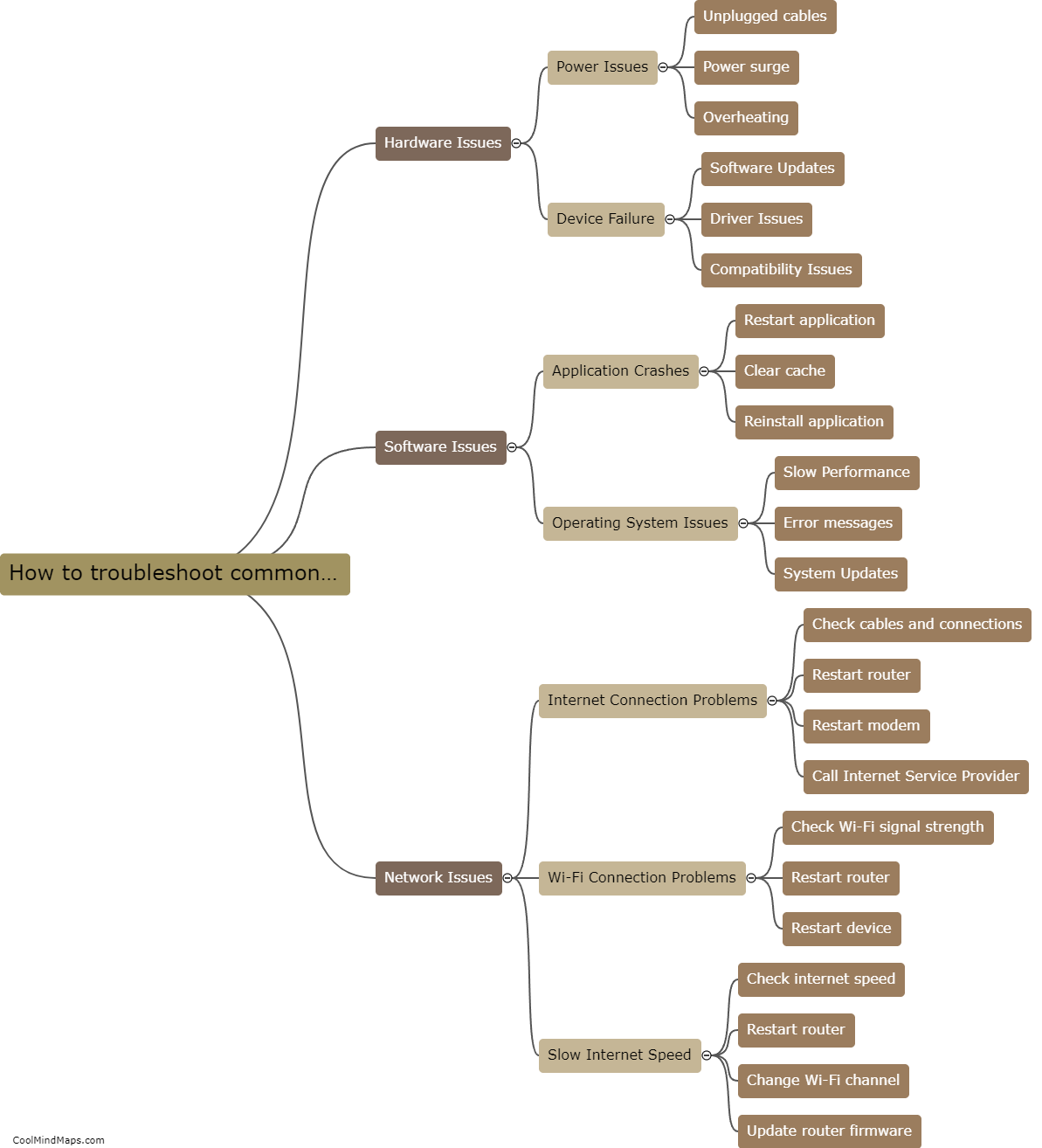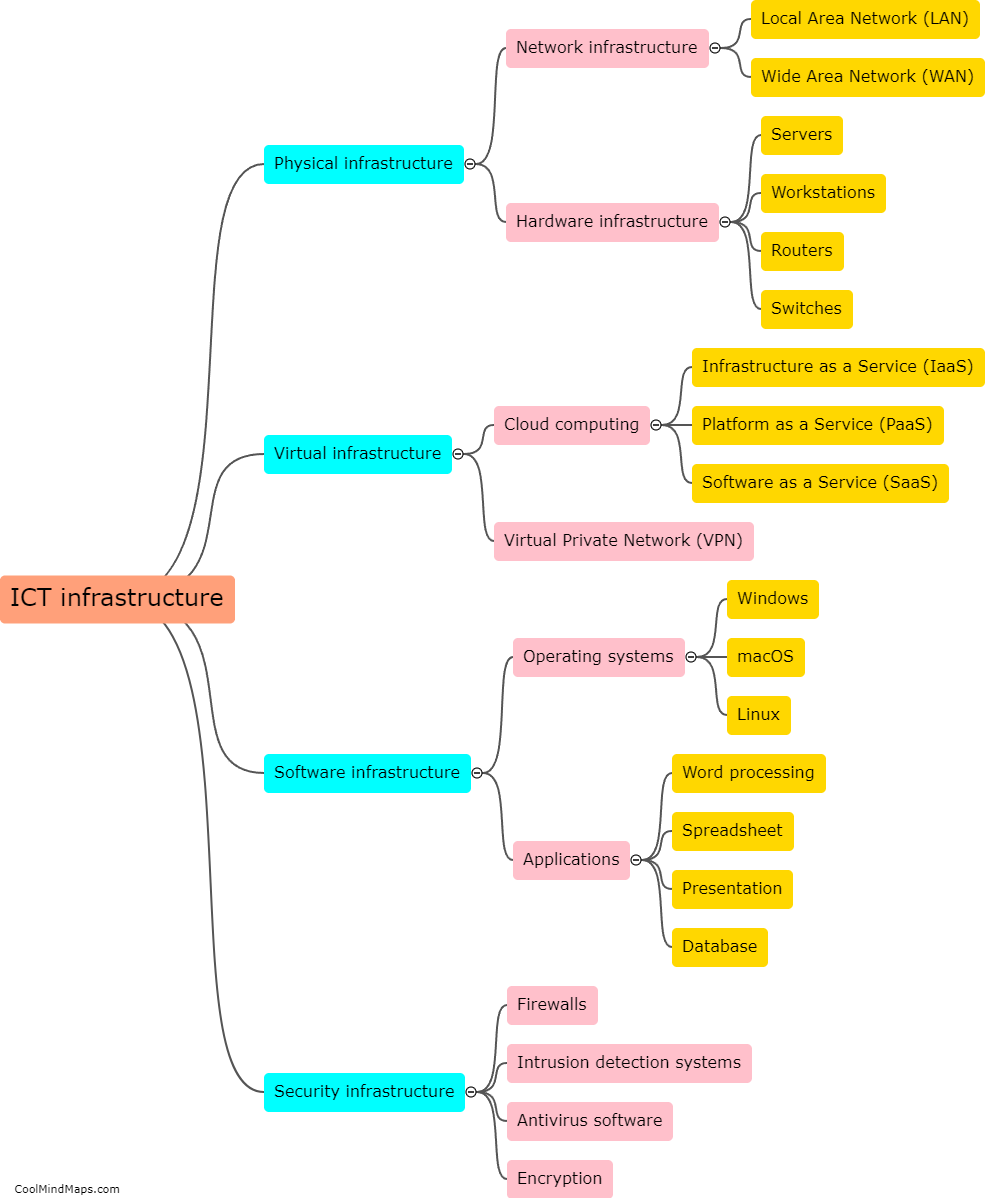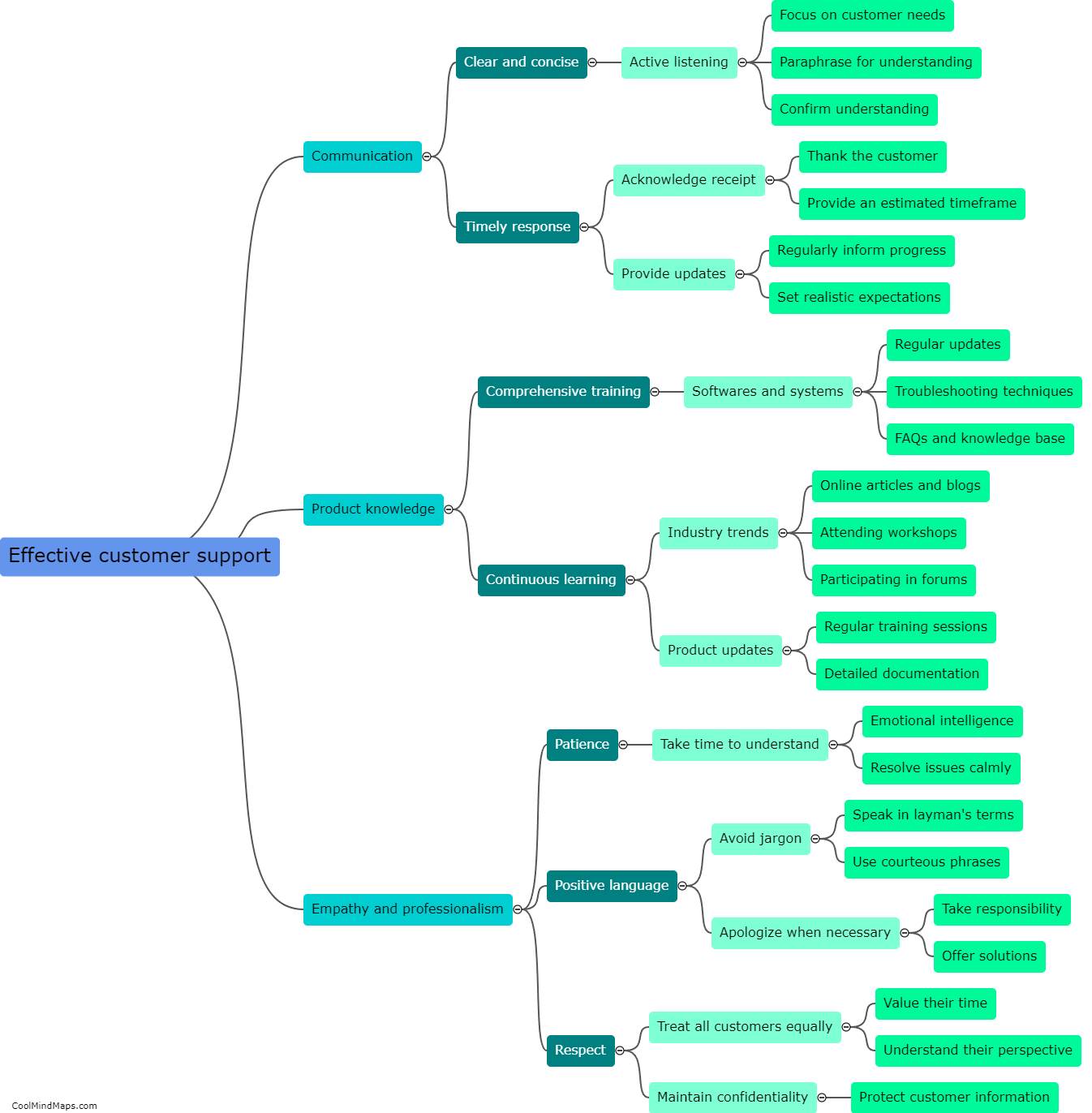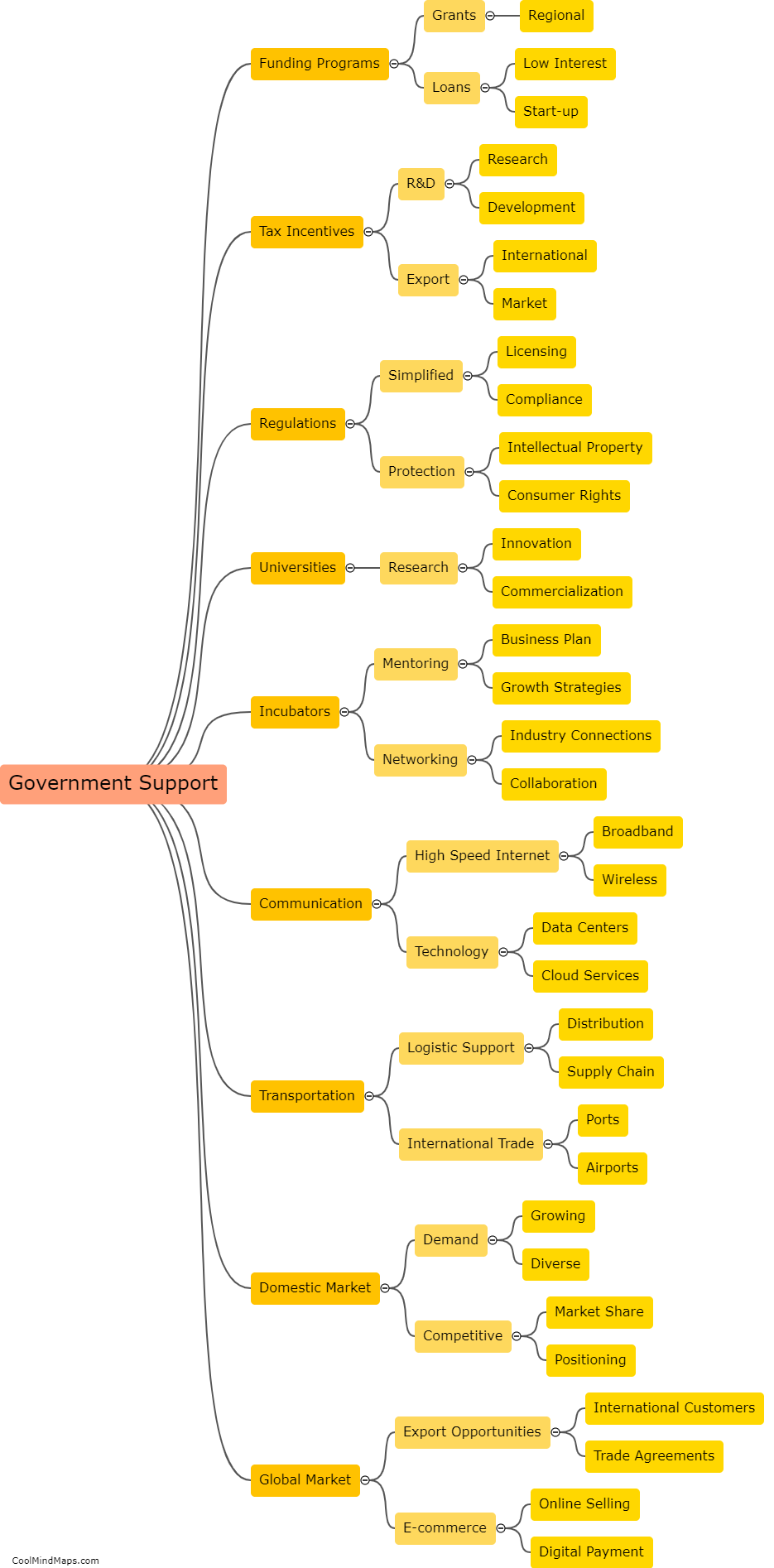What are the best practices for ICT security?
The best practices for ICT security encompass a range of measures and strategies aimed at protecting information technology systems from unauthorized access, data breaches, and cyber threats. Firstly, implementing strong passwords and regularly updating them is crucial. Additionally, enabling multi-factor authentication adds an extra layer of security. Keeping software, operating systems, and antivirus programs up to date is vital to address any identified vulnerabilities. Regularly backing up data and implementing robust firewalls and intrusion detection systems are essential. Conducting regular security audits and risk assessments helps identify potential weak points and address them proactively. Ongoing security training for employees, along with strict access controls and monitoring, is crucial for preventing internal data breaches. Lastly, creating and implementing an incident response plan ensures a swift and effective response to any cybersecurity incidents that do occur. By following these best practices, organizations can significantly enhance their overall ICT security posture.
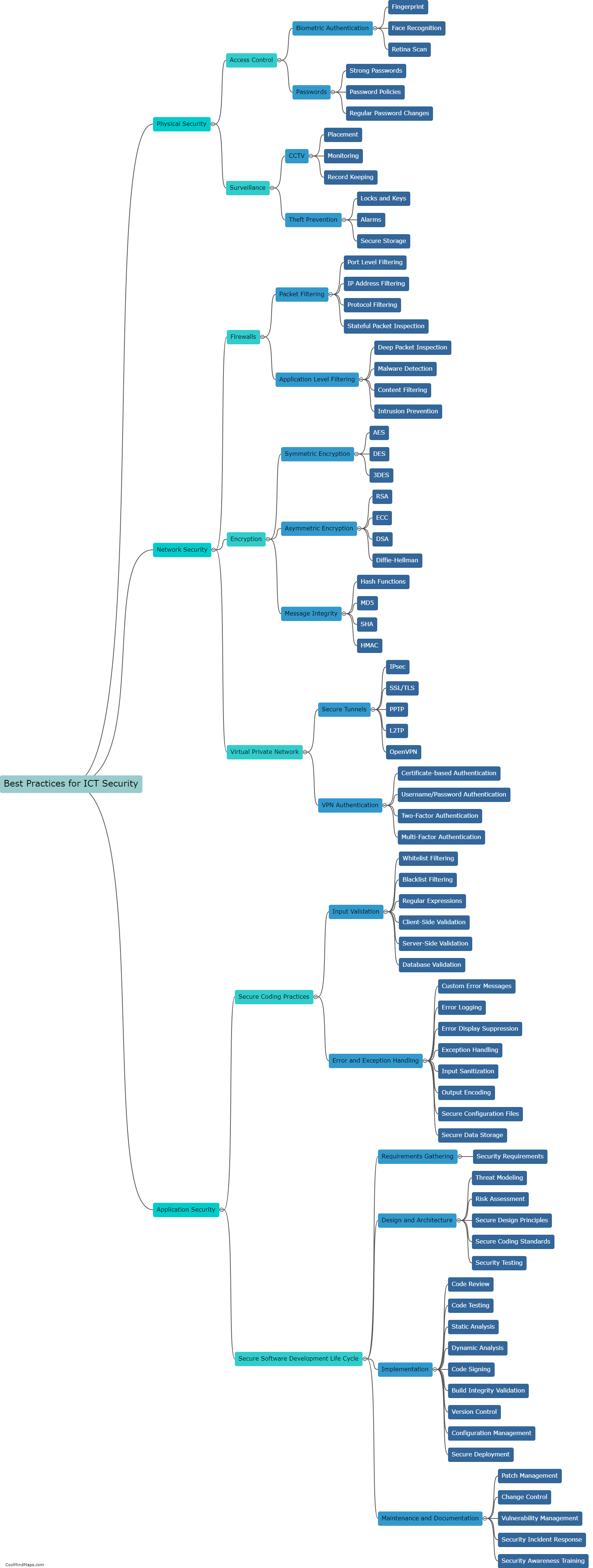
This mind map was published on 5 October 2023 and has been viewed 86 times.


